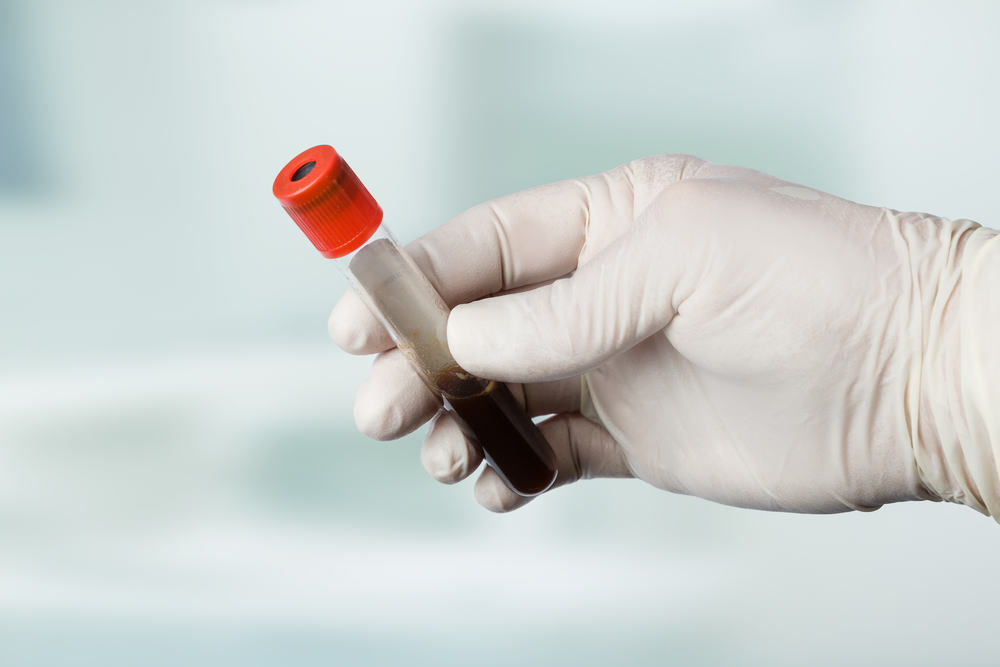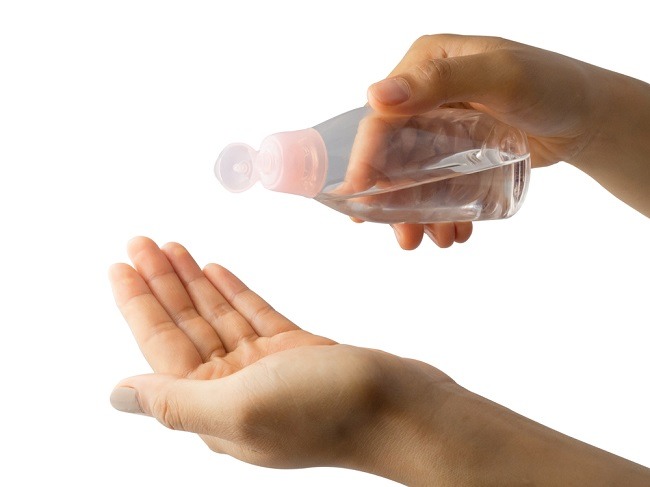Avascular necrosis (AVN) or osteonecrosisis condition death bone tissue due to lack of blood supply. Although common in people over the age of 30, this condition can basically be experienced by anyone of any age.
In its early stages, avascular necrosis is generally asymptomatic. However, over time, joints affected by this disorder will feel pain when moving. When the condition is getting worse, the joints can be painful even though they are not moved.

Causes of Avascular Necrosis
Avascular necrosis occurs due to reduced blood supply to the bone. Some conditions that can reduce the blood supply to the bones are:
- Injuries to joints or bonesInjuries such as a dislocation can damage the blood vessels around the problem joint, thereby blocking the blood supply to the bone.
- Accumulation of fat in the blood vesselsFat can block small blood vessels and result in reduced blood supply to bones. This can occur in people who use corticosteroids for a long time or people who are addicted to alcohol.
- DiseaseSome diseases that can reduce blood supply to bones and cause avascular necrosis are sickle cell anemia, Gaucher disease, pancreatitis, diabetes, lupus, and HIV/AIDS.
- Medical treatmentMedical procedures, such as radiotherapy, can weaken bones and damage blood vessels. In addition to radiotherapy, kidney transplantation is also suspected to cause avascular necrosis.
Basically, avascular necrosis can be experienced by anyone. However, there are several factors that make a person more at risk of suffering from this condition, namely:
- Excessive alcohol consumption
- Have a smoking habit
- Taking steroid medications, such as cortisone and prednisone, for a long time
- Suffering from certain diseases, such as Legg-Calve-Perthes disease
- 30–60 years old
In some cases, the exact cause of avascular necrosis is not known. This disease can occur in healthy individuals without the above conditions or risk factors.
Symptoms of Avascular Necrosis
Compared to other areas of the body, avascular necrosis is most common in the hip and knee joints. This condition rarely occurs in the shoulders, hands, or feet.
Avascular necrosis generally causes no symptoms at first. However, as the condition progresses, people with avascular necrosis may experience the following symptoms:
- Mild to severe pain in the affected joint
- Pain in the groin that radiates to the knee
- Pain when supporting body weight with hips or knees
- Joint pain severe enough to limit movement
If avascular necrosis occurs in the jawbone, symptoms may include a protrusion of the jawbone with pain, pus, or both. Symptoms of avascular necrosis can also occur on both sides of the body, for example in both knees.
Avascular necrosis usually develops over a period of 1 month to 1 year. However, the pain can also suddenly get worse due to small cracks in the bone called microfractures.
Microfactures can cause bones and joints to become damaged, which then triggers arthritis or joint inflammation.
When to go to the doctor
Please note, the above symptoms can also be a sign of other health problems. Therefore, do an examination to the doctor if you experience these symptoms to confirm the diagnosis and determine the appropriate treatment.
Diagnosis of Avascular Necrosis
The diagnosis of avascular necrosis will begin by asking questions about the symptoms and complaints experienced, as well as the patient's medical history. After that, the orthopedic doctor will perform a thorough physical examination.
Physical examination is done by pressing the area around the joint to see if there is a soft spot and moving the joint to various positions to assess its mobility.
In order to make the diagnosis more accurate, the doctor will also perform a number of supporting examinations, such as:
- X-rays, to see bone changes that occur due to avascular necrosis
- MRI or CT scan, to see the condition of the bones in more detail
If the results of the above examination show no problems and the patient also does not have risk factors for developing this disease, the doctor will recommend another examination called bone scan to confirm conditions.
Inspection bone scan begins by injecting a radioactive substance into a vein. The substance will go to the bone area that is experiencing interference and will be caught when a photo is taken with a gamma camera.
If the doctor still suspects a patient has avascular necrosis even though all the test results do not show the presence of this disease, the patient may be advised to undergo tests with surgery to measure the pressure on the diseased bone. This test is called functional bone test.
Avascular Necrosis Treatment
Treatment for avascular necrosis will be tailored to the patient's age, the cause of the disease, the part of the bone damaged, and the extent of the damage. The following are some medications that your doctor may prescribe to treat avascular necrosis:
- Non-steroidal anti-inflammatory drugs (NSAIDs)Medications such as ibuprofen or dicloofenac can reduce symptoms of inflammation, such as pain.
- Cholesterol lowering drugsDecreased levels of fat in the blood can prevent blockage of blood vessels that can lead to avascular necrosis.
- AnticoagulantsA type of anticoagulant drug, such as warfarin, will be recommended by the doctor to prevent blood clots.
- Bisphosphonate drugsIn some cases, bisphosphonate drugs such as alendronate can slow the progression of avascular necrosis disease. However, there are also reports that bisphosphonates actually cause avascular necrosis of the jawbone.
During treatment, patients are not recommended to do many activities that can burden the affected bone. Patients can also accompany treatment with physiotherapy to repair and improve the function of damaged joints.
If the pain is considered severe, the doctor will recommend surgery, such as:
- Bone transplantThis procedure aims to replace damaged bone with healthy bone from another area of the patient's body.
- Joint replacementIf the affected part is no longer possible to repair, the patient may undergo surgery to replace the damaged joint with an imitation or metal-made joint.
- OsteotomyIn this procedure, the damaged part of the bone is removed and the healthy part is expected to reshape the bone structure to strengthen the support in the joint, so that it can be used better.
- Bone core decompressionA core decompression procedure is performed by removing the inside of the bone to reduce the load on the joint and to allow new blood vessels to form.
Complications of Avascular Necrosis
Untreated avascular necrosis will worsen over time and can cause bone damage. This condition can also cause the shape of the bones to become abnormal, so that it has the potential to cause arthritis or joint inflammation.
Prevention of Avascular Necrosis
Given that the cause of avascular necrosis is not always known with certainty, this condition becomes difficult to completely prevent. However, there are several things you can do to reduce your risk of developing avascular necrosis, namely:
- Limiting alcohol consumption
- Keep calorie levels low
- Be careful in using drugs, especially steroid drugs
- Quit smoking









